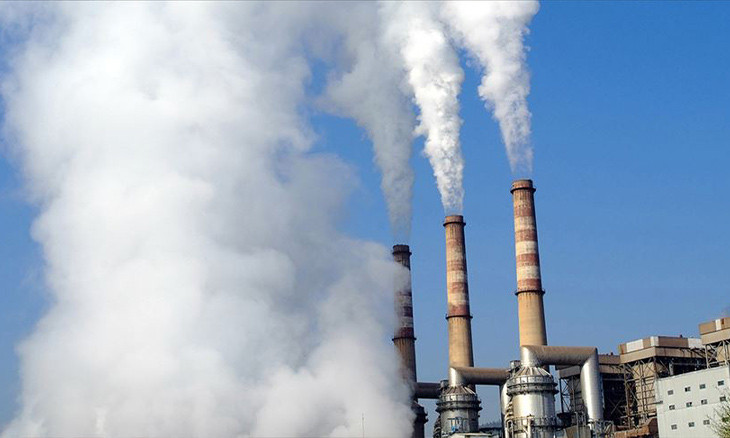Dangerous levels of metals revealed in eastern Turkey honey
Dangerous levels of cadmium and lead were revealed in honey samples from the eastern province of Elazığ, daily Milliyet reported on Sept. 15. Although the average amount of cadmium among the samples wasn't drastic compared to European Union (EU) guidelines, outliers among the samples were concerning.
Duvar English
 Air pollution six times deadlier than car accidents in Turkey
Air pollution six times deadlier than car accidents in TurkeyChemical analyses of 30 samples of honey from eastern Elazığ markets revealed concerning levels of cadmium and lead in a study by Fırat University, daily Milliyet reported on Sept. 15.
The report noted that although the average amount of cadmium among the samples wasn't drastic compared to European Union (EU) guidelines, outliers among the samples were concerning.
"It could be said that the higher levels [of cadmium] in some samples would be a threat to consumer health," the report said.
While the highest level was 3514,1 µg/kg the average of all 30 samples was 337,9 µg/kg, a level that the EU caps at 1,0 mg/kg.
Meanwhile, some samples revealed concerning levels of lead, although lead levels varied wildly across samples from different districts.
While natural elements like landscape, weather and types of bees were controlling variables over metal levels, the report also noted pollution, pesticides and contact with hazardous equipment during processing to be effective in the levels the honey yields.
While the report suggested lowered use of pesticides to improve lead contamination in honey, it added that even consumption of low levels of lead could have cumulative impact in the long run.
